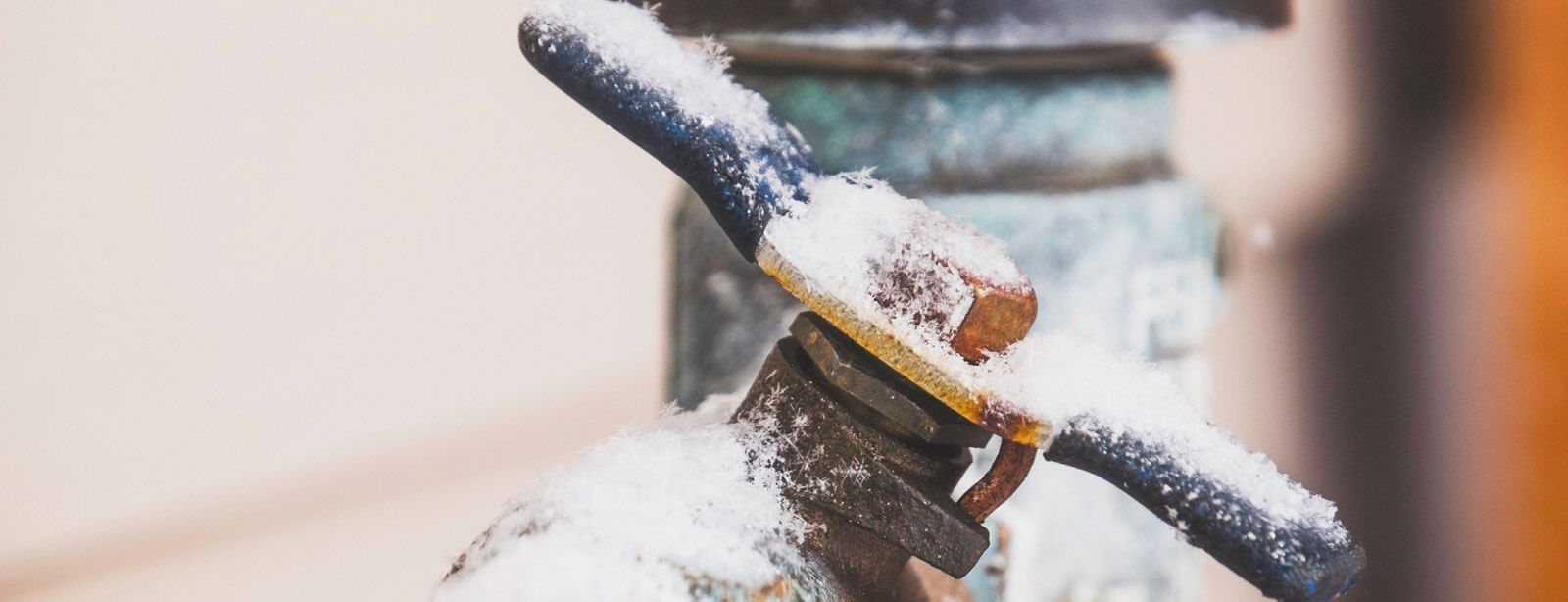They are making several good pointers regarding How to prepare your home plumbing for winter weather in general in the article further down.

Winter can wreak havoc on your pipes, particularly by freezing pipelines. Here's exactly how to stop it from taking place and what to do if it does.
Intro
As temperature levels decline, the threat of icy pipes boosts, potentially causing pricey repair services and water damages. Understanding how to avoid frozen pipelines is critical for property owners in cool environments.
Comprehending Icy Pipelines
What causes pipes to ice up?
Pipelines freeze when exposed to temperatures listed below 32 ° F (0 ° C) for extended durations. As water inside the pipelines ices up, it increases, taxing the pipeline walls and potentially causing them to burst.
Dangers and damages
Icy pipelines can result in water supply interruptions, residential property damages, and expensive repairs. Burst pipelines can flood homes and cause extensive structural damages.
Indications of Frozen Pipeline
Recognizing icy pipelines early can stop them from breaking.
Exactly how to recognize icy pipelines
Try to find reduced water flow from taps, unusual smells or noises from pipelines, and visible frost on exposed pipelines.
Avoidance Tips
Insulating susceptible pipelines
Cover pipes in insulation sleeves or make use of warm tape to protect them from freezing temperature levels. Focus on pipes in unheated or external locations of the home.
Home heating strategies
Keep interior spaces adequately heated up, specifically locations with pipes. Open up cabinet doors to permit warm air to circulate around pipes under sinks.
Shielding Outside Plumbing
Yard pipes and exterior taps
Disconnect and drain pipes garden hose pipes before winter months. Mount frost-proof faucets or cover outdoor taps with protected caps.
What to Do If Your Pipelines Freeze
Immediate actions to take
If you suspect frozen pipes, maintain faucets available to soothe stress as the ice thaws. Use a hairdryer or towels soaked in warm water to thaw pipes slowly.
Long-Term Solutions
Structural adjustments
Take into consideration rerouting pipes away from exterior walls or unheated areas. Add extra insulation to attic rooms, cellars, and crawl spaces.
Updating insulation
Buy top quality insulation for pipelines, attic rooms, and walls. Appropriate insulation helps maintain regular temperature levels and minimizes the threat of frozen pipelines.
Final thought
Avoiding frozen pipes calls for positive procedures and quick feedbacks. By comprehending the causes, indications, and preventive measures, house owners can secure their plumbing throughout winter.
5 Ways to Prevent Frozen Pipes
Drain Outdoor Faucets and Disconnect Hoses
First, close the shut-off valve that controls the flow of water in the pipe to your outdoor faucet. Then, head outside to disconnect and drain your hose and open the outdoor faucet to allow the water to completely drain out of the line. Turn off the faucet when done. Finally, head back to the shut-off valve and drain the remaining water inside the pipe into a bucket or container. Additionally, if you have a home irrigation system, you should consider hiring an expert to clear the system of water each year.
Insulate Pipes
One of the best and most cost-effective methods for preventing frozen water pipes is to wrap your pipes with insulation. This is especially important for areas in your home that aren’t exposed to heat, such as an attic. We suggest using foam sleeves, which can typically be found at your local hardware store.
Keep Heat Running at 65
Your pipes are located inside your walls, and the temperature there is much colder than the rest of the house. To prevent your pipes from freezing, The Insurance Information Institute suggests that you keep your home heated to at least 65 degrees, even when traveling. You may want to invest in smart devices that can keep an eye on the temperature in your home while you’re away.
Leave Water Dripping
Moving water — even a small trickle — can prevent ice from forming inside your pipes. When freezing temps are imminent, start a drip of water from all faucets that serve exposed pipes. Leaving a few faucets running will also help relieve pressure inside the pipes and help prevent a rupture if the water inside freezes.
Open Cupboard Doors
Warm your kitchen and bathroom pipes by opening cupboards and vanities. You should also leave your interior doors ajar to help warm air circulate evenly throughout your home.

As an avid reader about Preventing and dealing with frozen pipes, I was thinking sharing that topic was really helpful. Please take a moment to distribute this blog posting if you enjoyed reading it. I praise you for being here. Come back soon.
Request Service
Comments on “Tips to Protect Pipes from Freezing Issues: Important Guidance”